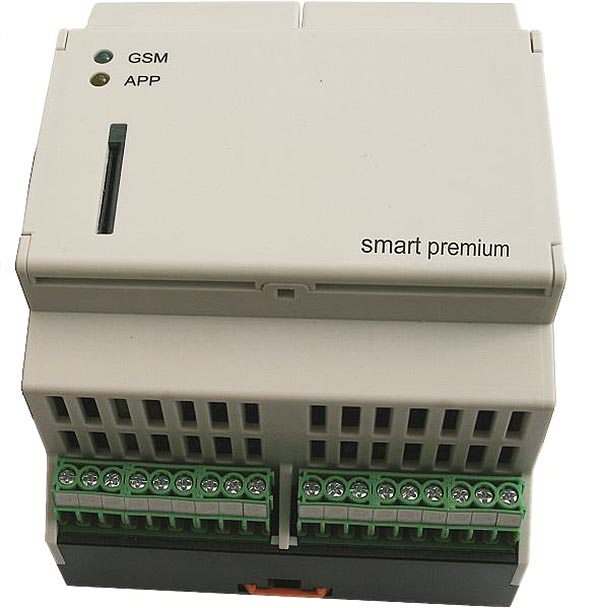 NeoCortec, manufacturer of ultra-low-power bi-directional wireless mesh network modules, now provides its Sub-GHz ultra-low power wireless mesh modules to German monitoring company Triptec.
NeoCortec, manufacturer of ultra-low-power bi-directional wireless mesh network modules, now provides its Sub-GHz ultra-low power wireless mesh modules to German monitoring company Triptec.
Triptec used to use GSM/GPRS modules to send messages or receive control commands at its remotely located plant and fault monitoring equipment. After more and more countries started to turn off 2G and 3G, the company needed a future-proof radio technology to ensure that its products and services remained operational. Now Triptec uses Neocortec’s NeoMesh Sub-GHz ultra-low power wireless mesh modules to run its wireless mesh networks on batteries for several years with low installation and operating costs.
Using NeoMesh from NeoCortec drastically reduces energy consumption per node through extremely precise timing. Instead of transmitting 1 to 3 km to a cell tower, the NeoMesh transmits indoors up to about 100 metres. Outdoors, 500 metres and more are possible. Each node in the NeoMesh is also a router. A message hops from radio node to radio node within the NeoMesh installation, and each message is acknowledged by the next node. In the event of a failure, an alarm is transmitted. Should a node fail, the module in the NeoMesh automatically searches for a new path or frequency hopping to another channel. All nodes synchronize every 1 to 30 seconds. With a cycle of 30 seconds, a node can operate for up to seven years powered only by two alkaline AA cells.
Explains Wilhelm Oelers, CTO of Triptec: “We compared the well-known Mesh-Net protocols and found that most of them do not support sub-GHz operation. Additionally, with BLE-Mesh, ZigBee, Thread or 6LoWAN, the router and the gateway module are not allowed to go into sleep mode. In contrast, NeoMesh from Neocortec uses sub-GHz frequencies which enables good penetration of the signals through walls, and all elements – gateway, router, node – can go into sleep mode at the same time. This means that the system can operate using just two AA cells for years.”
He continues, “Also, by operating in the license-free 868/915 MHz band, our customers do not have to pay for a SIM card. That is a substantial saving when installations could require 50 to 1000 SIM cards.”
For further information on the project with Triptec please click here.


